Background
In an era where businesses need to adapt quickly and align seamlessly, the importance of a robust goal-setting framework cannot be overstated. Enter OKRs – Objectives and Key Results.
A method that began in the hallways of Intel has now become the backbone for giants like Google, Spotify, and Twitter, helping them stay agile and focused. This article explores the essence of OKRs, how to implement them effectively, and their pivotal role in transforming businesses.
What Are OKRs?
OKRs, standing for Objectives and Key Results, provide a structured approach to set and measure goals at multiple levels within an organization.
- Objective: This is the “What”. A clear, motivating, and qualitative goal that defines what you aim to achieve.
- Key Results: This is the “How”. Quantitative metrics that measure the progress towards achieving the objective. A single objective can have multiple key results.
Why Use OKRs?
Here are some of the key reasons why you should use OKRs:
- Alignment and Collaboration: OKRs ensure every individual, team, or department is aligned with the company’s main objectives, fostering a sense of unity and collaboration.
- Flexibility: In a dynamic business environment, OKRs can be adjusted based on real-time feedback, ensuring that organizations remain agile.
- Transparency: Since OKRs are often shared openly within organizations, they encourage transparency and a deeper understanding of each team’s role in the larger mission.
- Focus and Prioritization: By defining key objectives, organizations can better prioritize resources, tasks, and projects.
The Difference Between OKRs and SMART
Here are some of the key differences between OKRs and SMART:
- Purpose: While both are used for goal-setting, OKRs tend to be more strategic, aiming to align broader organizational objectives. SMART goals are more tactical, focusing on specific tasks or projects.
- Flexibility: OKRs are often more flexible, with key results being adjusted if needed. In contrast, SMART goals are fixed once they’re set.
- Scope: OKRs typically have a broader scope, guiding a team or entire organization, whereas SMART goals can be used for individual tasks.
- Time Frame: OKRs are often set quarterly or annually, while SMART goals can be established for any time duration, depending on the task.
Setting OKRs
Here’s a step-by-step approach on how to set OKRs:
- Define Clear Objectives: Start with a broad vision. What do you aim to achieve in the upcoming quarter or year?
- Determine Quantifiable Key Results: These should be measurable outcomes that, when achieved, ensure the objective is met. They shouldn’t be mere tasks but rather impactful results.
- Set Ambitious, Yet Achievable OKRs: Aim high, but remain grounded. OKRs are designed to stretch your capabilities but not to the point of becoming unattainable.
- Review and Refine: Regularly check the progress of your OKRs. Are you on track? If not, determine the reasons and adjust your strategy or even the OKRs themselves.
- Celebrate and Reflect: Once an OKR cycle ends, celebrate the achieved objectives, learn from the misses, and use these insights for the next OKR cycle.
OKRs – An Example
The first part of the OKR is the outcome. An example might be:
“Enhance the online shopping experience for our customers”.
Then comes the key results:
- Reduce website load time from 5 seconds to under 2 seconds.
- Increase mobile app rating from 3.5 stars to 4.5 stars on the App Store and Google Play.
- Decrease shopping cart abandonment rate by 15% by the end of the quarter.
- Increase customer feedback submissions on product pages by 50%.
- Achieve a 98% uptime for the website and mobile app throughout the quarter.
The Objective is qualitative, focusing on improving the shopping experience, which is an overarching goal for the e-commerce company.
The Key Results are specific, measurable indicators that, when achieved, would indicate that the company has succeeded in enhancing the online shopping experience. Each of these metrics (load time, app ratings, cart abandonment, etc.) can be tracked and measured, providing a clear roadmap for the teams involved and allowing them to understand how their efforts contribute to the broader objective.
Further Learning
OKRs have emerged as a transformative tool for businesses aiming to navigate the complex and ever-evolving modern landscape.
By setting clear objectives and measurable key results, organizations can maintain alignment, drive performance, and achieve their most ambitious goals. Whether you’re a start-up or an established enterprise, integrating OKRs can propel you to new heights of success.
You can learn more about SMART and OKRs in our Leadership Skills Training course.




